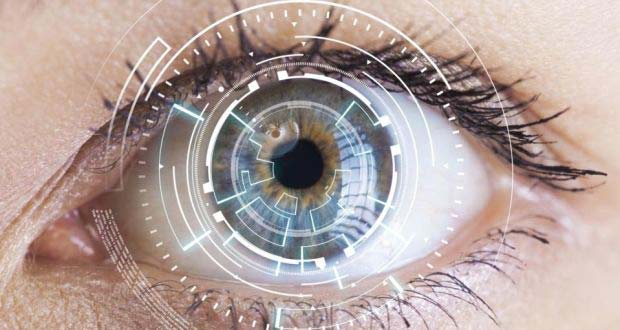
For years, one of the most challenging and debilitating illnesses someone could suffer from is diabetes. Hard to spot the symptoms of and harder to treat for patients, diabetes has become a major problem for so many people. However, a technological advancement could help us to finally start making the diagnosis and management of diabetic life so much easier. Thanks to the help of this new AI retinal scanning option, eye screening will change rapidly.
With diabetes being the leading cause of blindness worldwide, this new technology could offer an amazing way to solve this problem in years to come. Retinal scans are presently on offer, and is a recommended part of diabetic diagnosis and care. However, with uptake sometimes falling in the 33-50% margins, it’s not a commonly used solution.
Thanks to the work of Dr. Simon Kos, the Chief Medical Officer at Microsoft, that could be about to change. By improving both the quality and accuracy of retinal scanning, Kos believes that this could help to optimize uptake. “[In the US,] patients have to turn up to the ophthalmologist’s office and it takes two to three hours because they dilate their eyes with these drops and you can’t drive afterwards. From a patient experience perspective, it’s a real inconvenience, hence the poor compliance.”
His latest program, then, Iris, might offer something entirely new: “I’ve been working with a business partner here in the US called Iris [Intelligent Retinal Imaging System] and they have created an ophthalmic visit in a box. It’s actually a combined hardware and software appliance; you pop your chin into a chin strap and a little voice guides you through taking a perfect picture of the back of your eye in a few minutes.”
Greater accuracy
At present, your retina scan would be looked at by a single expert in ophthalmology. Now, it would be sent to a cloud where a team of experts could look at and understand the issues involved. This results in faster and quicker planning for a solution, and can deliver an answer within hours rather than days.
By working alongside AI, the aim is to allow for the image data-sets to eventually be interpreted by the ophthalmologists to make the machine pick up on the crucial details. Accuracy rates with Iris are improving all the time, and the hope is that it will provide a lasting and genuine solution to eye issues in diabetics.
With an accuracy of 97% – a human expert has an average of 92% – it’s safe to say that Iris is learning quickly. In just a year it has made an improvement of 12%. With more accuracy and greater speed of response, it’s easy to see why so many diabetics might be more inclined to make the most of this interesting new development by Microsoft.
Alongside other machine-learning inspired medical tools, Iris offers another glimpse into a world where we can use technology to solve even the most specific conditions in the shortest space of time imaginable.
Sorry, the comment form is closed at this time.